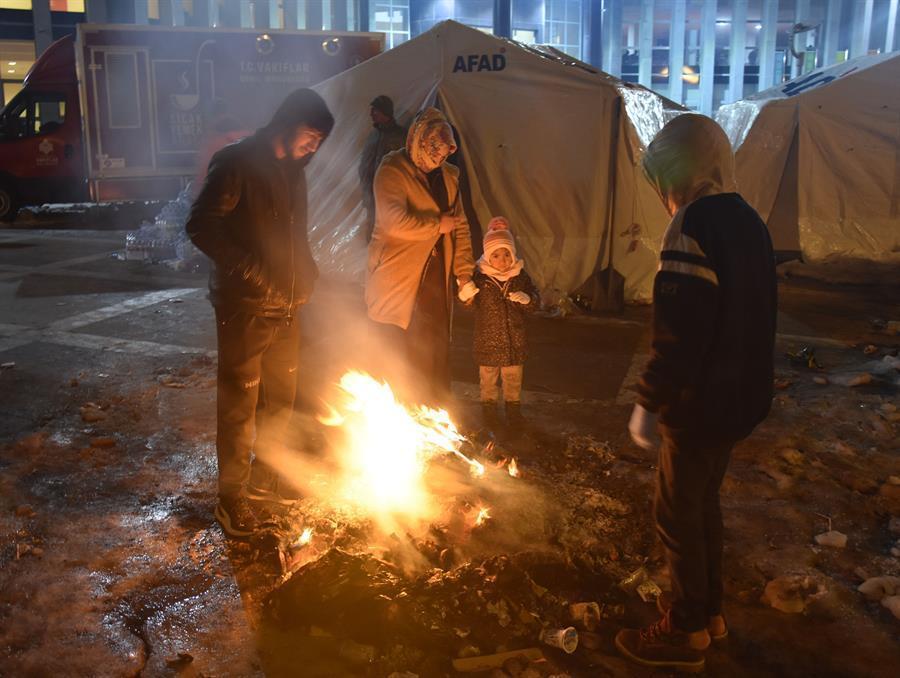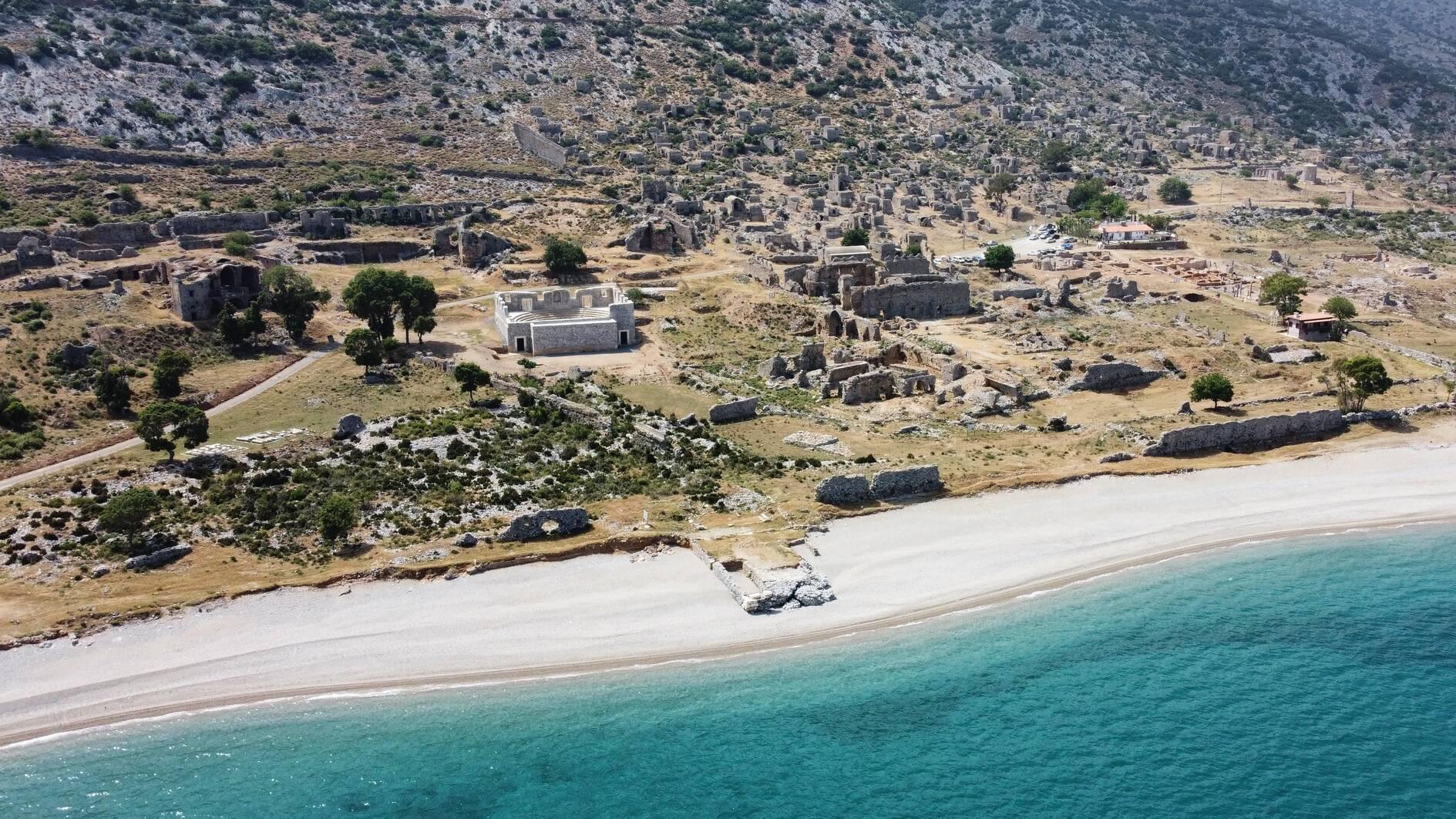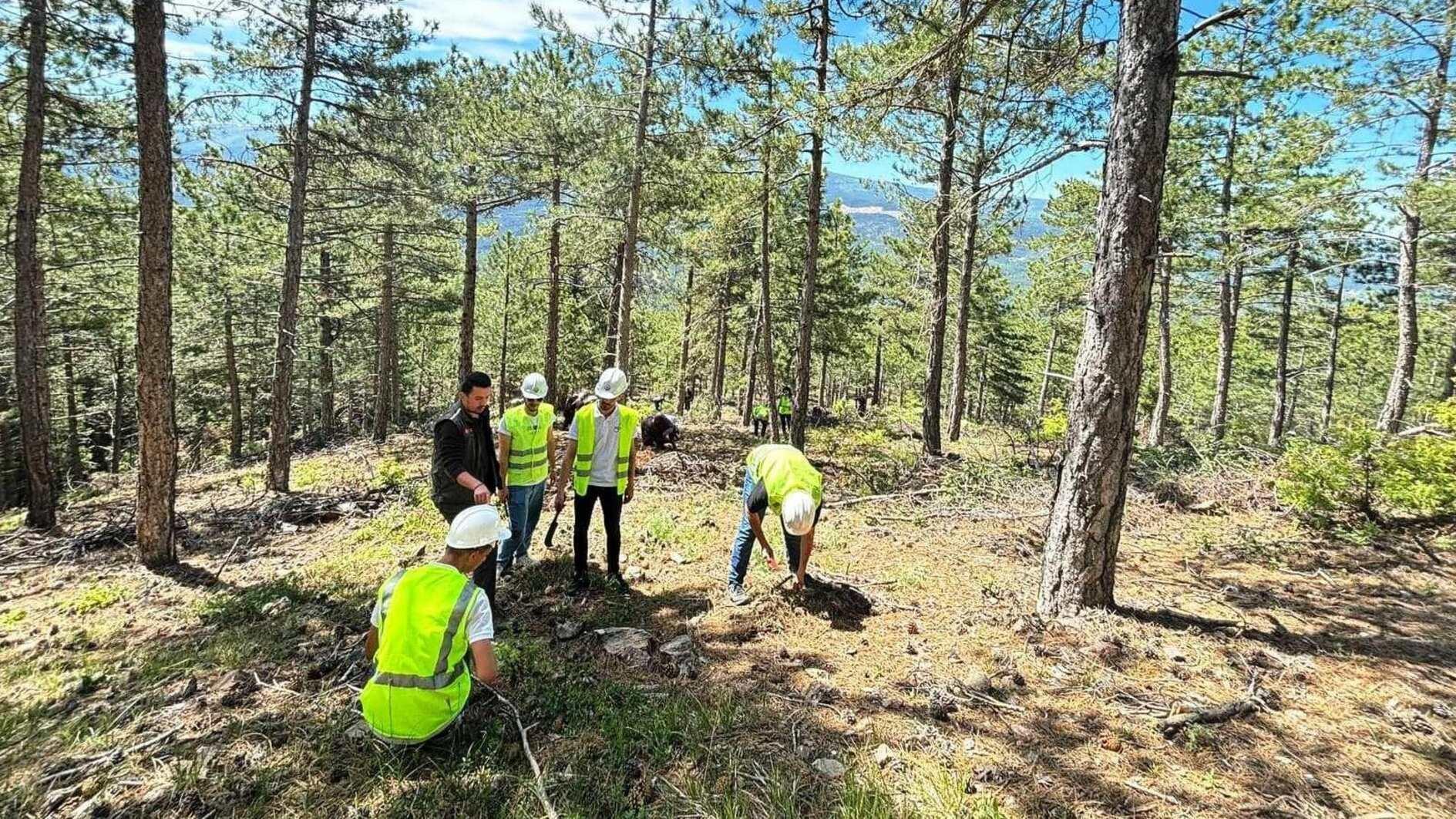Death toll soars after major quakes rock country’s south
GAZİANTEP

At least 16,170 people have died after two deadly earthquakes and more than 11,000 aftershocks rattled the country’s south, the Disaster and Emergency Management Presidency (AFAD) announced on Feb. 9.
Apart from the estimated death toll, AFAD reveals that at least 62,937 others were injured following the earthquakes felt in 10 provinces, though the toll threatened to climb much higher.
The magnitude 7.7 earthquake struck 7 kilometers (4.3 miles) below the surface in Kahramanmaraş’s Pazarcık district on Feb. 6 at 4:17 a.m., according to AFAD’s Earthquake and Risk Reduction Directorate.
The earthquake also rocked the neighboring provinces of Hatay, Adıyaman, Gaziantep, Şanlıurfa, Diyarbakır, Adana, Malatya, Osmaniye and Kilis and neighboring countries, including Syria and Lebanon.
Another 7.6 magnitude earthquake followed the first one, which also jolted southern Türkiye. Over 11,000 aftershocks were experienced in the region, AFAD announced.
Thousands of buildings collapsed in 10 provinces due to the massive earthquake, while the number of buildings that have not been confirmed yet but were reported to have toppled is much higher, AFAD informed.
The most severe damage in the earthquake occurred in Hatay, where a hospital and a runway at the airport were destroyed and many people are still waiting under the rubble in the city as dozens of buildings collapsed and roads cracked, local media reported, though the epicenter of the shake was Kahramanmaraş.
Rescue teams are racing against time to reach the citizens under the rubble, while relatives of the trapped are following the works in worry.
While the city was echoing with the voices of citizens calling out the names of their relatives under the rubble to find them, some were waiting for the news from their families by the fire they lit on the street to stay warm.
Meanwhile, Adıyaman witnessed another aftershock with a magnitude of 5.3 early on Feb. 7, while the tremor, the epicenter of which was Gölbaşı district, was also felt in the surrounding provinces.
In Adana, more buildings collapsed in the Çukurova district after the 7.6 magnitude aftershock. Search and rescue teams continue their efforts to find those trapped under the debris.
Providing information about possible damage to the dams in Adana, Agriculture and Forestry Minister Vahit Kirişçi said the investigations were completed in more than 90 of the 110 dams.
“There are minor leaks in some dams, but they are not in a critical condition.”
Furthermore, Gaziantep was rocked by three other earthquakes, each of over magnitude 6, in a row in Nurdağı and İslahiye districts.
A “tent city” with 3,500 tents was established in İslahiye, where most buildings were destroyed in the province. Soldiers from an armored brigade command distribute hot soup to the survivors settled into tents.
The search and rescue efforts in Şanlıurfa, on the other hand, have been completed, AFAD announced, adding that the teams were immediately dispatched to other provinces where the work continues.
“The air force’s planes continue to evacuate those who were injured in the earthquake and bring them to [the capital] Ankara,” the Defense Ministry said in a written statement, while Interior Minister Süleyman Soylu noted that the country issued a level-4 alarm, which includes a call for international aid.
Türkiye lies in one of the world’s most active earthquake zones. The 7.4 magnitude Düzce earthquake in 1999 was one of the worst in the history of Türkiye in decades.
















